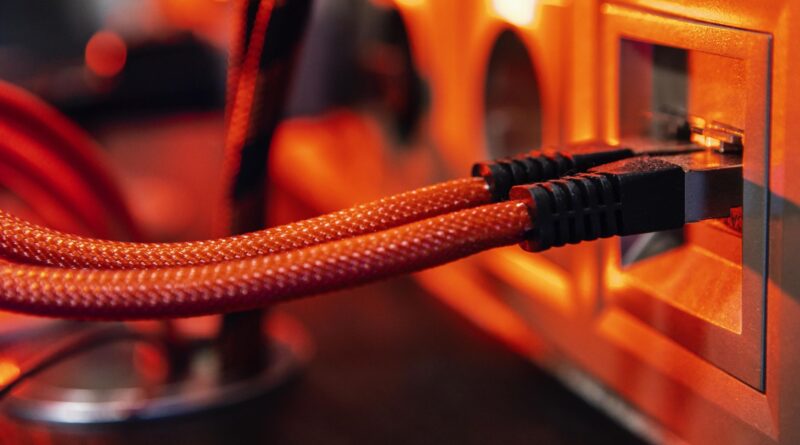Spis treści:
IP Recorders – Heart of Your Monitoring System
IP recorders serve as the central nervous system of modern surveillance setups, managing and storing video feeds from your cameras. I understand that choosing the right recorder can feel overwhelming, but I’ll help you navigate through the essential aspects of these devices. Let me guide you through capacity calculations, key features, and practical considerations that will make your decision-making process easier.
Understanding Storage Requirements
When planning your IP recording system, storage calculation becomes your first essential step. For example, a single 2MP camera recording continuously at 15fps with H.264 compression typically requires about 60GB per day. A system with four such cameras would need approximately 240GB daily storage capacity. These numbers can vary significantly based on your specific setup, including factors like motion detection settings, frame rate, and compression method. I recommend adding a 20% buffer to your calculated storage needs to account for metadata and system files.
Essential Features to Consider
Modern IP recorders offer various capabilities that can enhance your monitoring system. Remote access allows you to view your feeds from anywhere through a secure connection. Smart search features help you quickly find specific events in recorded footage. Look for systems that support multiple streaming profiles – this allows for efficient bandwidth usage while maintaining high-quality recordings. Analytics capabilities, such as motion detection and object tracking, can significantly reduce storage needs while improving security effectiveness.
Integration Capabilities
Your IP recorder should work seamlessly with other security systems. Most current models support ONVIF protocol, enabling compatibility with various camera brands. Consider how the recorder will integrate with access control systems, alarm panels, and building management systems. Many recorders now offer API access, allowing custom integration with other business systems. This interoperability ensures your surveillance system can grow and adapt to future needs without requiring complete replacement.
Reliability and Redundancy
System reliability proves crucial for continuous monitoring. Look for recorders offering RAID configurations to protect against drive failures. Hot-swappable drives allow for maintenance without system downtime. Dual power supply options provide additional reliability for critical installations. Regular automated backup functions help protect your valuable recorded data. Consider implementing a failover recorder for mission-critical applications – this ensures continuous recording even if your primary recorder experiences issues.
Scalability Considerations
Your monitoring needs may grow over time, so consider future expansion when selecting an IP recorder. Many systems allow for gradual camera additions through license upgrades. Storage expansion capabilities through external arrays or network storage provide flexibility for growing archives. Some systems offer federation features, allowing multiple recorders to work together as one unified system. This scalability ensures your initial investment remains valuable as your requirements evolve.
